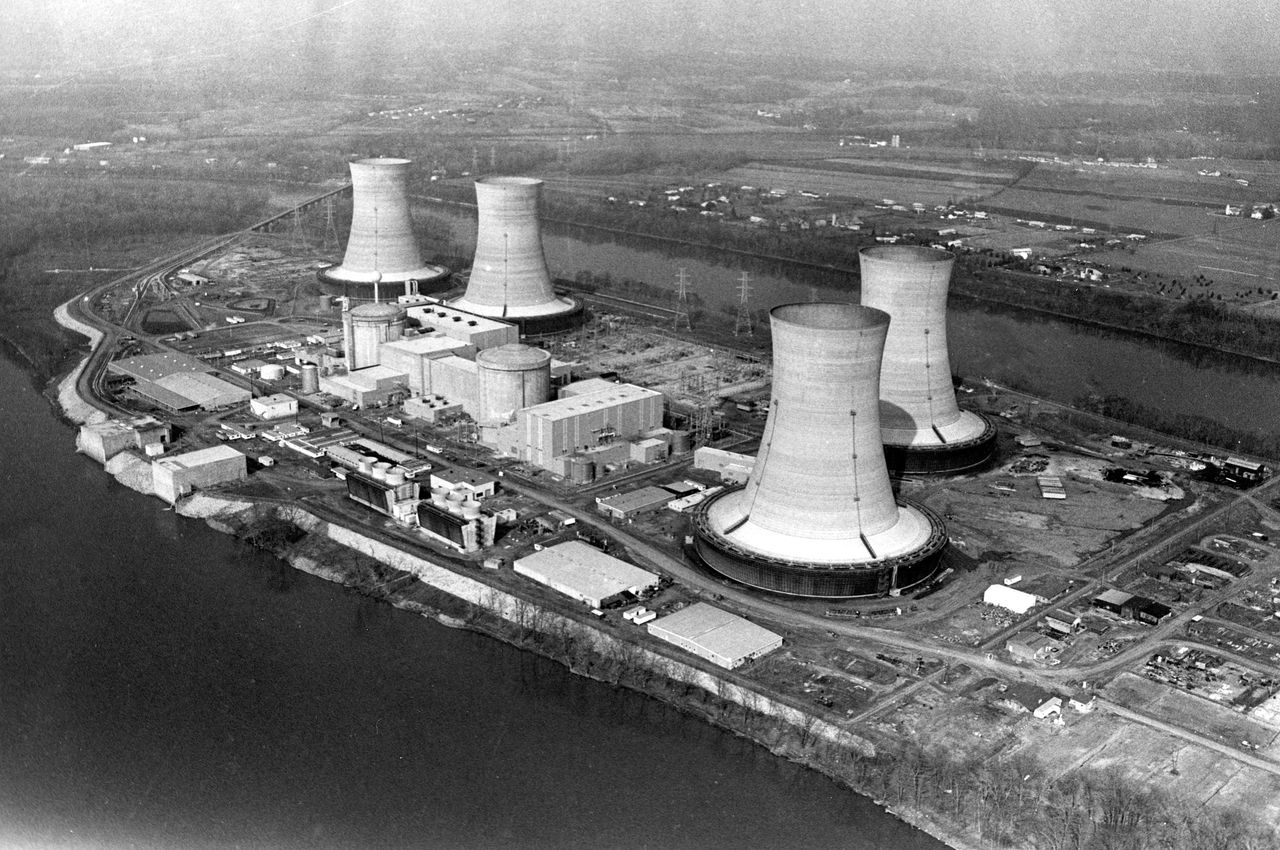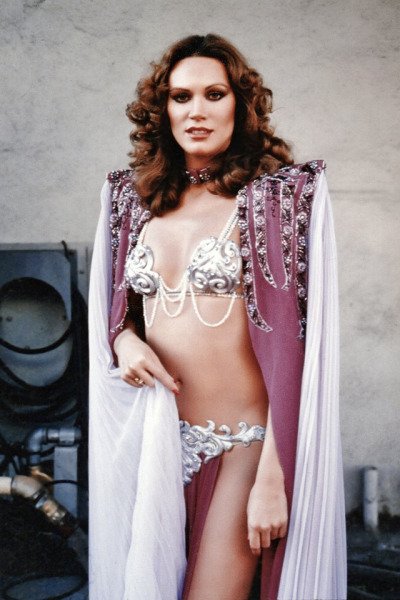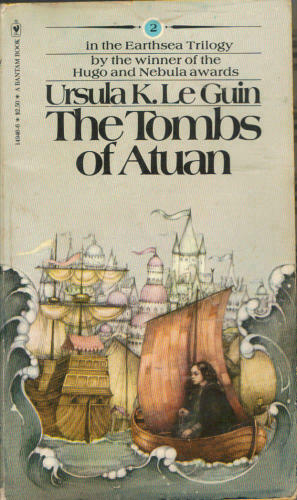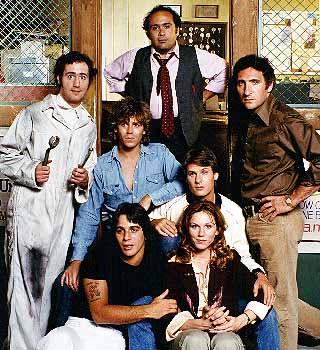A Decadal Review of Science Fiction from 1979: Wrap-up
For the second round of the quatro-decadal review, I read and reviewed six periodicals from November 1979, in the following order:
The Magazine of Fantasy and Science Fiction
Galileo Magazine of Science & Fiction
Analog
Isaac Asimov’s Science Fiction
Amazing Stories
Omni
I would put Analog at the top of the list, solid stories — especially Mark McGarry’s “Phoenix,” Clifford D. Simak’s The Visitors installment (a ‘part two’ that stands on its own) and Kevin O’Donnell Jr’s “Old Friends” — interesting science articles and a pleasantly rambling book review section, these more than make up for the uninspiring editorial.
A close second would be Asimov’s, which swings hard with fiction, especially Kevin O’Donnell Jr’s “The Raindrop’s Role,” “Furlough” by Skip Wall, “The Fare” by Sherri Roth, and “Gift of a Useless Man” Alan Dean Foster.
I debated a long time on where Galileo should go in my ranking. Here’s the thing, it is a great magazine, a really fun one and in some ways the one that I like the most, but it’s just a little too insider-baseball. It is for the SF fan, the fan who goes to conventions, the fan who follows the gossip. All great things! But that is deep in the weeds to play insider baseball. “Phantom’s Hell” by Michael Sutch, “Daisy in the Sun” by Connie Willis, and Larry Niven’s Ringworld Engineers lead the fiction in this pack, and the science article about Voyager 2 was really good.
F&SF let me down. I repeat my summarization: One big story that didn’t move, a book review column that didn’t review books, some smaller stories that were lackluster, a movie review that embarrassed itself — all that is on the one hand, Asimov’s science column, Bob Shaw’s excellent “Well-Wisher,” and the good story “Fireflood” by Vonda McIntyre on the other. But those three were just not enough to lift the issue, in my opinion.
Amazing suffered from having no stories that I liked very much. Like, none. I liked the letters column and the book reviews.
Omni. Perhaps Omni could never have lived up to my expectations… but with only two stories, neither of which I liked very much, it needed a lot to lift it up and the pseudoscience articles just didn’t not do the job.
Upon comparing the 1969 magazines to the 1979 cadre, I think that November ’69 batch was a better. The differences are subtle, but it seemed that the 69 stories were easier to read, they had a fired-up-about-the-future vibe, an outsider-trying-to-get-in angle that gave them a certain spirit. It isn’t that the ‘79 stories didn’t have that, they didn’t have it quite as much. There were some good offerings, but overall they just didn’t have quite as much fire.
By 1979, so much of the promise of the late 60s was really happening, but it wasn’t happening much like people had hoped it would. Space exploration was going strong, but it wasn’t Moon colonies or anything; it wasn’t capturing THE IMAGINATION. Computers were rapidly evolving, uses were found for lasers, smallpox was eliminated from the world, and polio was eliminated from the USA.
As far as SF/F entertainment go, in a lot of ways the 70s were not pretty, The Planet of the Apes was mined for all it was worth. Godzilla and Gamora made horrible career decisions. Charlton Heston went from the set of Soylent Green to The Omega Man without so much as a costume change. Rank and Bass introduced the world to The Hobbit, and Ralph Bakshi took a rotoscoped run at part one of the Lord of the Rings, and Westworld and Alien haunt us to this day.
T.V. was also a mixed bag — Star Trek the Animated Series had its charm, and managed to have Uhura command the ship twice. Land of the Lost, Planet of the Apes broke into TV, and 1975 brought us Space 1999. Buck Rogers (where I learned that I couldn’t say no to an evil space princess).
SF novels are still gaining strength, while the short form seems to be fading somewhat from public awareness. The ‘Golden Age’ authors are still in the game and I think they still go through the magazines with short stories and ‘fix ups’. It was a bumper decade for sf/f novels, as discussed Dreamsnake by Vonda McIntyre, Octavia Butler’s Kindred, Ursula K. LeGuin’s The Dispossessed, Dhalgran and Triton by Sam Delany, Man Plus (which I’ve read) by Frederik Pohl.
On the Fantasy side of things, Roger Zelazny puts out Nine Princes in Amber, Terry Brooks has The Sword of Shannara, Ursula Le Guin again with The Tombs of Atuan, and Anne McCaffry puts out multiple Pern books and all through the decade Michael Moorcock has been bringing us the adventures of Elric of Melnibone.
Were the 70s peak SF/F book publishing? I’m not sure… quite possibly. Many of the old masters are still around, and at the same time many new writers are breaking in.
The various cultural and political shifts that started in the 60s are still going strong in ’79. The seeds planted by the environmental movement bear fruit in the 70s with the passage of Clean Air Act (1970), Water Pollution Control Act (1972), other landmark legislation such as the Marine Protection, Research, and Sanctuaries Act of 1972; the Endangered Species Act of 1973, the Safe Drinking Water Act (1974), the Resource Conservation and Recovery Act (1976), and the Water Pollution Control Act Amendments of 1977, which became known as the Clean Water Act.
The anti-nuclear movement grew out of the environmental movement and reached a peak in the late 70s and early 80s.
By 1979 the hints of the science fiction’s competitors are starting to get solid: Dungeons and Dragons and all its descendants and imitators, and video games. One could argue that Appendix N is the best thing that happened to S&S and SF fiction, at least for a time. Also gaining strength over the decade would be anime (known at the time as Japanimation).
The late 70s also saw the introduction of the TV shows which would teach Generation-X about the harsh realities of life: Taxi, WKRP, MASH, Three’s Company, The Loooove Booooat, and Fantasy Island.
With all that going on, I’ll be interested to see what the 1989 batch of magazines has to offer!
Which I will get to after a brief Crazy-Ivan to see what I recall of the upcoming decade.
Previous entries the Quatro-Decadal Reviews include:
November 1969
Amazing Stories
Galaxy Science Fiction,
The Magazine of Fantasy & Science Fiction
Worlds of If
Analog Science Fiction/Science Fact
Venture Science Fiction
A Decadal Review of Science Fiction from November 1969: Wrap-up
November 1979
Quatro-Decadal Review, November 1979: A Brief Look Back
The Magazine of Fantasy & Science Fiction
Galileo Magazine of Science & Fiction
Analog Science Fiction Science Fact
Isaac Asimov’s Science Fiction
Amazing Stories
Omni
A Decadal Review of Science Fiction from 1979: Wrap-up
Adrian Simmons is an editor for Heroic Fantasy Quarterly, check out their Best-of Volume 3 Anthology, or support them on Patreon!





If I go by “Which magazine published a major story that is still remembered” I would have to vote for Galileo, because “Daisy, in the Sun” seems clearly the best of all the stories from this month.
Omni and F&SF are marred, to an extent, by publishing serial parts from novels by major major writers which a) aren’t those writers’ best (though I enjoy the Silverberg) and b) clearly are parts of what are going to end up as INCOMPLETE serials.(I’ll accept corrections on that if wrong, but it seems unlikely that either magazine published the entirety of those long books.)
Rich, I agree that the luck of the draw came up with incomplete serials, and that “Daisy, in the Sun” was a very memorable story.
I found “Phantom’s Hell” to be memorable, as well–also from Gallio. “Phoenix” in Analog really made an impression, too.
South Park, “Tom’s Rhinoplasty” (Season 1, episode 11)
Chef: Hello there, children! What’s all this I’m hearing about a new teacher?
Kyle: Ms. Ellen, dude! She’s beautiful!
Chef: Is she like Vanessa Williams beautiful? Or Toni Braxton beautiful? Or Pamela Anderson beautiful?
Chef: Or is she Erin Grey in the 2nd season of Buck Rogers beautiful?
Stan: Yeah, that one!
Chef: Woof, I gotta meet this woman.
Eugene: Pamela Hensley and Erin Grey; don’t make me choose!